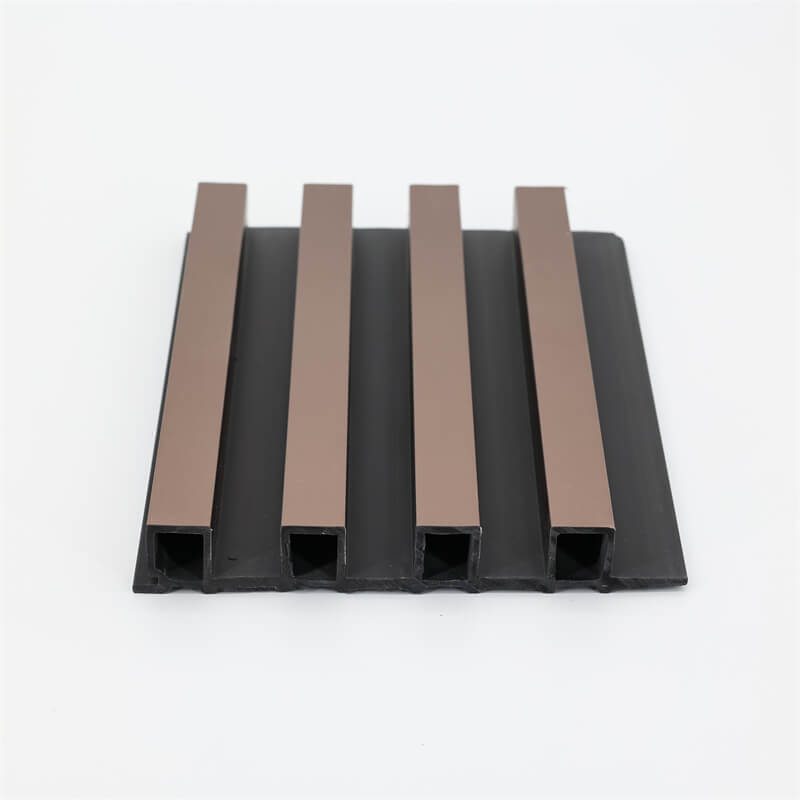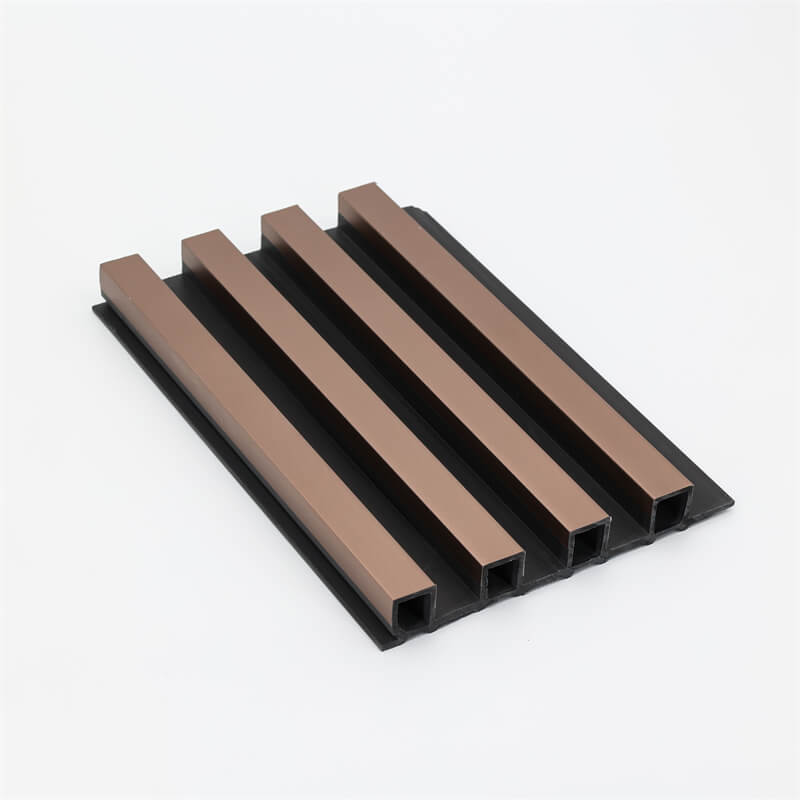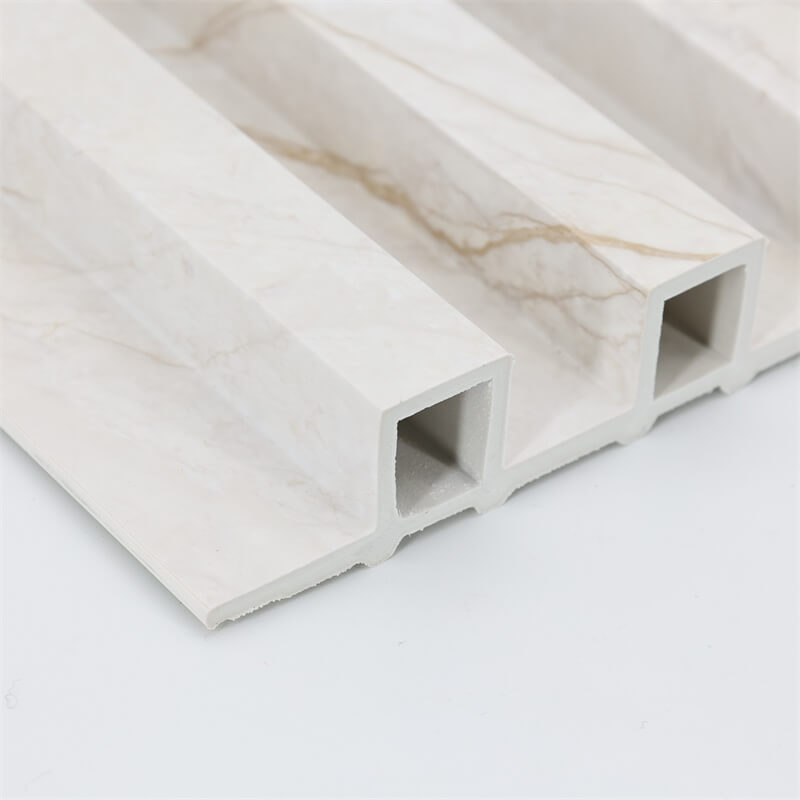
Fire safety is a critical consideration when it comes to building materials, particularly for wall coverings.
The ability of a material to resist flames and prevent the spread of fire is crucial for the safety of occupants and the protection of property.
WPC (Wood Plastic Composite) wall panels have gained popularity in recent years for their durability, aesthetic appeal, and eco-friendliness.
In this article, we will delve into the topic of flame resistance in WPC wall panels, exploring their composition, testing standards, and their role in ensuring fire safety in various settings.
I. Understanding the Composition of WPC Wall Panels
WPC wall panels are a composite material made from a combination of wood fibers or flour and thermoplastic resins.
The wood component provides a natural aesthetic and texture, while the plastic component adds strength, durability, and resistance to moisture, rot, and insects.
WPC wall panels are available in different sizes, colors, and finishes, allowing for customization to suit various architectural styles.
To enhance the flame resistance of WPC wall panels, manufacturers often incorporate flame retardant additives during the production process.
These additives help to inhibit the ignition and slow down the spread of flames in case of a fire.
The specific types and concentrations of flame retardant additives may vary among different manufacturers and product lines, but the goal is to improve the fire safety properties of the panels.
II. Fire Testing Standards for WPC Wall Panels
Several international standards govern the fire testing of building materials, including wall panels.
One of the most widely recognized standards is the EN 13501 classification system used in Europe.
Under this system, materials are tested for their reaction to fire and assigned a specific class based on their performance.
The classes range from A1 (non-combustible) to F (materials with no performance determined).
WPC wall panels typically aim for classifications that indicate low combustibility and limited flame spread.
Different countries may have their own national standards and regulations for fire testing and performance of building materials.
For example, in the United States, the American Society for Testing and Materials (ASTM) sets the standards for fire testing of construction materials.
Manufacturers of WPC wall panels need to ensure compliance with the relevant national standards to meet the fire safety requirements of specific regions.

III. Flame Resistance of WPC Wall Panels
WPC wall panels possess inherent fire-resistant properties due to their composition.
The plastic component in WPC panels is less combustible compared to natural wood.
Furthermore, the wood fibers are typically treated to reduce their flammability.
This combination of materials provides a level of fire resistance, making WPC wall panels less prone to ignition and slow to spread flames.
Flame spread and smoke development are important factors to consider when evaluating the fire safety of WPC wall panels.
Flame spread refers to how quickly fire spreads across the surface of a material, while smoke development measures the amount of smoke emitted during combustion.
To ensure fire safety, WPC wall panels undergo testing to assess their flame spread index and smoke development index.
These tests provide valuable information on the panels’ performance in real fire scenarios.
While WPC wall panels offer inherent fire resistance, it is important to note that they are not fireproof.
To enhance fire safety further, it is recommended to complement the use of WPC panels with other fire prevention measures.
This may include the installation of fire alarms, smoke detectors, fire sprinkler systems, and proper evacuation plans.
Combining WPC wall panels with comprehensive fire safety measures ensures a holistic approach to fire prevention and protection.

IV. Application and Considerations for Fire Safety
WPC wall panels find applications in both commercial and residential settings.
In commercial buildings such as offices, hotels, and retail spaces, WPC panels can be used for interior wall coverings to enhance aesthetics and provide durability.
In residential settings, they are often used for both interior and exterior walls.
Regardless of the application, fire safety remains a crucial consideration to protect occupants and property.
When using WPC wall panels, it is important to comply with local building codes and regulations regarding fire safety.
Building codes specify the minimum fire safety requirements for different types of buildings and the materials used.
Ensure that the WPC panels you choose meet the necessary fire safety standards and have the appropriate certifications to demonstrate compliance.
To maintain the fire safety of WPC wall panels, regular maintenance and inspections are essential.
Periodically check the panels for any signs of damage or deterioration that could compromise their fire-resistant properties.
Additionally, ensure that fire safety systems such as smoke detectors and fire alarms are in proper working condition.
Promptly address any issues or concerns identified during inspections to maintain a safe environment.
WPC wall panels offer a balance of aesthetics, durability, and flame resistance.
Their composition, including flame retardant additives, contributes to their inherent fire-resistant properties.
Understanding the fire testing standards, as well as the importance of compliance, can help ensure that WPC panels meet the necessary fire safety requirements.
While WPC wall panels provide a level of flame resistance, it is essential to complement their use with other fire safety measures and adhere to local building codes.
By considering fire safety in the selection, installation, and maintenance of WPC wall panels, you can create a visually appealing and safe environment for both commercial and residential applications.
